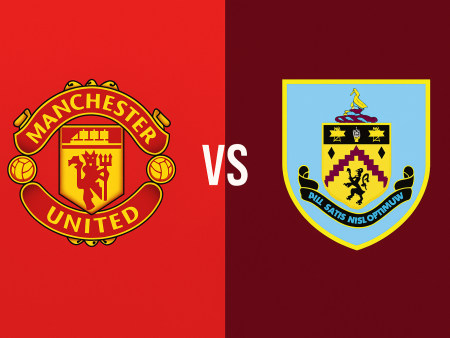Unlocking Player Mentality in Football: A Guide to Analysis Using Data and Video
In today’s football world, the wealth of available data around teams and players is remarkable. Advanced analytics can assess skills, predict potential, and guide scouting decisions like never before. However, not all crucial aspects of a player’s game are quantifiable. Mentality, decision-making, reaction speed, and the context behind a player’s performance often escape even the most refined data models.
The Limits of Data-Driven Analysis in Football
While statistics can provide deep insights into player abilities-tracking movement, quantifying duels, and evaluating output-they rarely reveal the full story. Critical psychological attributes such as game intelligence, stress management, and personality traits are difficult to measure using numbers alone. For example, off-the-ball runs might be recorded by tracking systems, but understanding a player’s instinct, composure under pressure, or their reasons for success typically requires more in-depth evaluation.
The Power of Combining Video and Data
Pairing data analysis with video review is essential to gain a comprehensive understanding of a footballer’s mentality. Video analysis offers vital context by highlighting actions, body language, and decision-making processes that data may overlook. Often, starting with video to form initial impressions-then turning to data to confirm or challenge those observations-provides a fuller picture of a player's character and suitability for a team or role.
Clubs searching for new recruits should look beyond raw statistics, establishing a framework of desired psychological qualities and social traits for their locker rooms. This approach ensures that scouting efforts are targeted not just at skill or athleticism, but also at the personalities most likely to thrive and foster a positive team culture.
Overcoming the Challenge of Assessing Mentality Remotely
A significant obstacle in scouting is the challenge of understanding a player's mentality without the benefit of direct interaction. In many cases, analysts and scouts might never get to meet or interview the athletes they assess. Therefore, it’s necessary to develop alternative strategies for evaluating psychological readiness-chiefly through the combined use of in-depth video analysis and targeted data points.
Evaluating Mental Toughness Through 1v1 Duels
One of the most revealing indicators of mentality is a player’s performance in one-on-one situations. Higher success rates in defensive, attacking, aerial, and loose-ball duels often point to a robust psychological makeup and a will to compete.
Many scouting platforms, such as Wyscout, aggregate duel data to provide a comprehensive look at a player’s effectiveness in battles across all game phases. For some roles-such as forwards with minimal defensive duties-other metrics might be more relevant, but duel success rates remain a valuable indicator for most positions.
However, what happens after the duel is just as important as the duel itself. Key questions analysts should consider when watching game footage include:
- How does the player react to winning or losing a duel? Is their response immediate or delayed?
- Do they remain composed and ready for the next challenge, or do they lose focus and exhibit frustration?
- Are they assertive without being reckless, striking a healthy balance between aggression and control?
For example, some elite players, like Jude Bellingham, consistently recover quickly from setbacks-demonstrating resilience through positive body language and immediate reengagement in play.
Assessing Reactions Under Pressure
Mental fortitude is further exhibited in how players handle pressure, both in defining moments and routine situations. Players with strong mentalities remain calm, make smart decisions, and avoid panicking-whether they are taking a decisive penalty or navigating a congested midfield.
Many video analysis tools allow evaluators to document instances when players are under pressure from opponents. Critical review questions include:
- Does the player stay composed and look for intelligent passing options when pressed, or do they default to the safest action, like clearing the ball?
- Are they daring, willing to take risks and trust their skills, or overly cautious and hesitant?
- How do attacking players adapt when faced with close defenders-do they attempt to beat them, draw fouls, or protect possession?
Consistent poise under pressure-supported by both data and observation-marks a player as mentally robust and a strong candidate for higher levels of competition.
Summary: Key Indicators of Player Mentality
For clubs and analysts unable to directly interact with players, the following two qualities should be the focus when appraising mentality:
- 1v1 duelling performance: A high rate of success reflects tenacity and confidence.
- Reactions under pressure: Players who remain unaffected by stress and recover quickly from setbacks tend to possess mature psychological profiles.
While this dual-focus approach isn’t infallible-players may react differently in new contexts-it provides a grounded methodology for predicting how individuals might handle adversity and expectations at the next level.
Conclusion
Identifying mentality remains one of the most complex-and important-elements of football analysis. By combining careful scrutiny of data with nuanced video review, clubs and scouts can highlight those rare players who not only excel technically and tactically, but also demonstrate leadership, composure, and resilience under all circumstances. This holistic approach is vital for building teams that succeed on and off the pitch.













